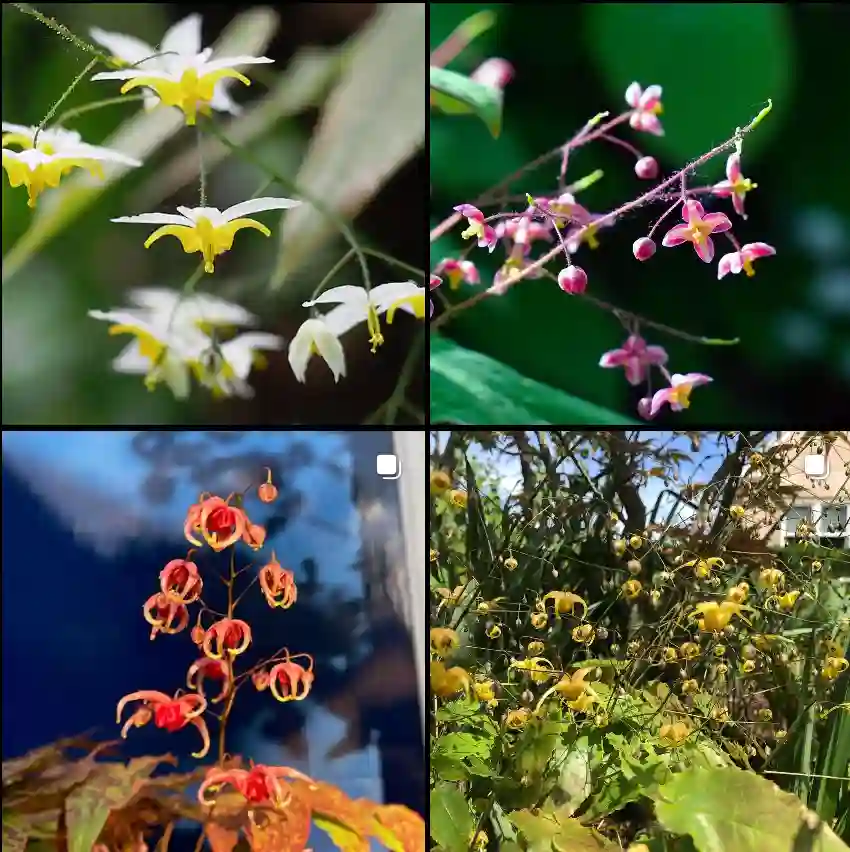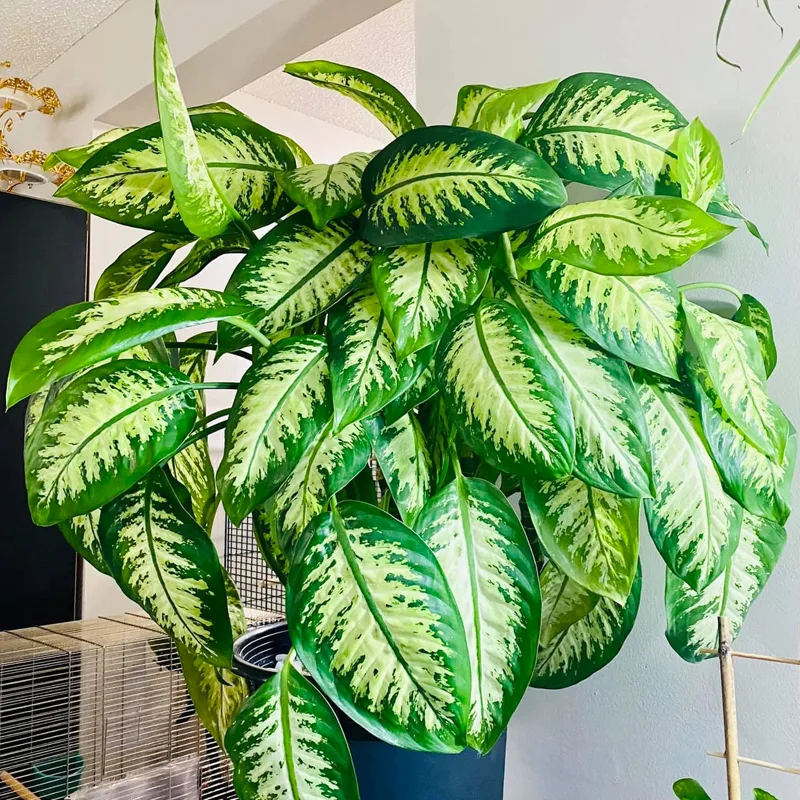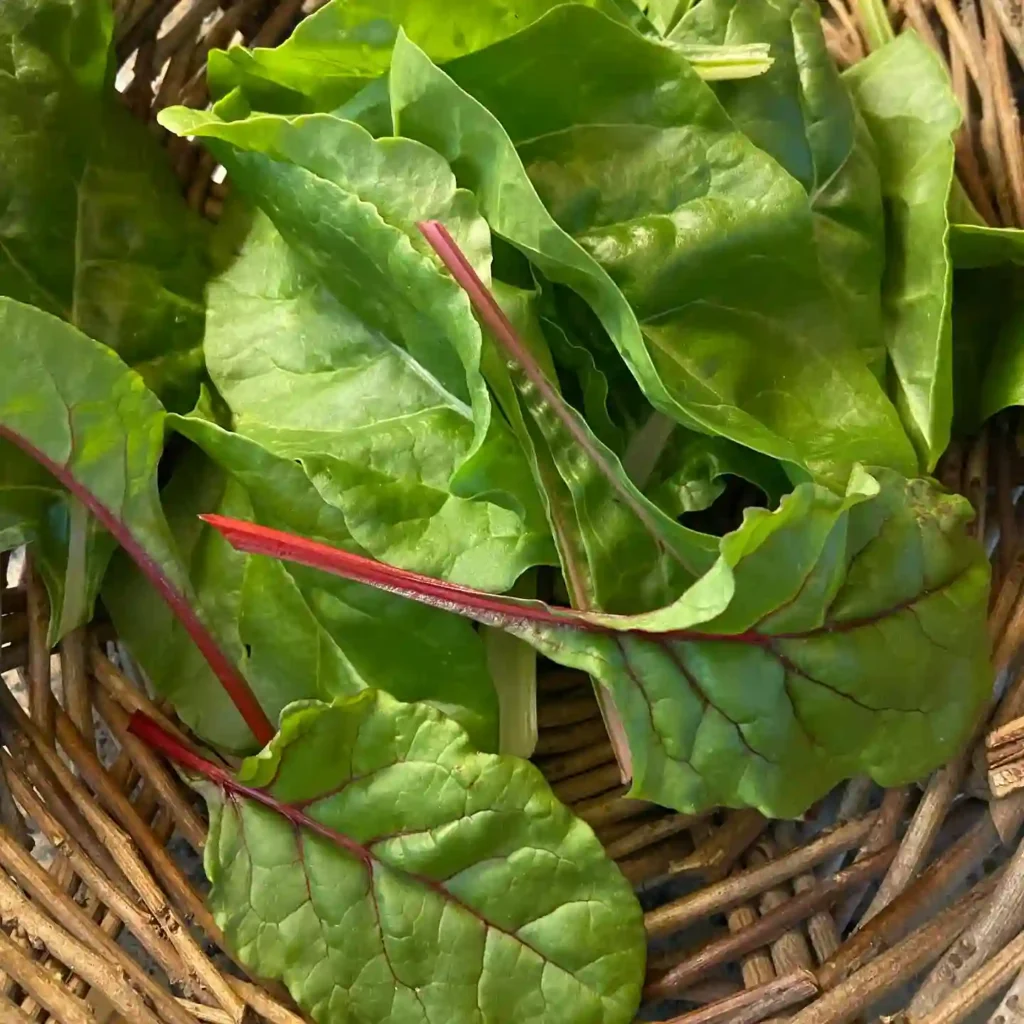Exploring the Helwingiaceae Family: A Personal Journey
As I delve into the captivating world of plant taxonomy, I often find myself drawn to unique families that showcase the diversity of nature. One such family that has piqued my interest is Helwingiaceae, primarily represented by the genus Helwingia. This family, though not widely known, offers a fascinating glimpse into the intricate relationships within the plant kingdom. In this article, I want to share my exploration of Helwingiaceae, its characteristics, and its ecological significance.
What is Helwingiaceae?
The Helwingiaceae family is a group of flowering plants belonging to the order Cornales. It includes the genus Helwingia, which consists of about five known species. What sets this family apart is its unique morphological features and its relatively rare occurrence in the wild. I first encountered Helwingiaceae while researching unusual plant families, and I was immediately intrigued by its distinctive characteristics and the limited geographic distribution of its species.
Discovering the Genus Helwingia
The genus Helwingia is primarily found in East Asia, particularly in regions of China, Korea, and Japan. I was fascinated to learn that Helwingia plants often grow in understory habitats, thriving in shaded areas of forests. This adaptation to low light conditions is a testament to the resilience of these plants.
One of the most notable species within this genus is Helwingia japonica. This perennial plant is characterized by its leathery leaves and small, white, tubular flowers. I had the pleasure of observing a specimen during a recent trip to a botanical garden, and its beauty left a lasting impression on me. The flowers bloom in late spring, attracting various pollinators, including bees and butterflies, which play a crucial role in their reproduction.
Unique Features of Helwingia
One of the aspects I appreciate most about Helwingia is its fascinating reproductive strategy. The plants are dioecious, meaning that individual plants are either male or female. This trait is relatively uncommon in flowering plants and adds another layer of complexity to their ecology. I find it remarkable how nature has evolved such diverse strategies for reproduction, ensuring genetic diversity within populations.
The leaves of Helwingia are another standout feature. Their glossy, dark green appearance contrasts beautifully with the delicate flowers. As I examined the foliage closely, I noticed how the leaf margins are often wavy, adding to the plant’s aesthetic appeal. These characteristics make Helwingia a compelling choice for horticulturists and plant enthusiasts looking to diversify their collections.
Habitat and Ecological Importance
Helwingia species typically thrive in moist, shaded environments, often under the canopy of deciduous forests. Their presence contributes to the overall biodiversity of these ecosystems. I believe that understanding the ecological role of such plants is vital for conservation efforts. Helwingia plants provide habitat and food for various organisms, including insects and birds, thus playing a critical role in maintaining the health of forest ecosystems.
Moreover, the ability of Helwingia to adapt to low-light conditions demonstrates the resilience of plant life. In my personal experience, observing these adaptations in action deepens my appreciation for the intricacies of nature. Every plant, no matter how obscure, has a story to tell and a role to play in its environment.
Conservation Challenges
Despite their unique attributes, Helwingia species face threats from habitat destruction and climate change. I’ve read numerous studies highlighting the importance of conserving such understudied plant families. It’s essential to protect their natural habitats to ensure that future generations can appreciate their beauty and ecological significance.
In my conversations with fellow plant enthusiasts, I often emphasize the need for awareness regarding lesser-known plant families like Helwingiaceae. By sharing knowledge and experiences, we can inspire others to appreciate the diversity of plant life and the necessity of conservation efforts.
Conclusion: A Call to Explore
My journey into the world of Helwingiaceae has been both enlightening and rewarding. The genus Helwingia serves as a reminder of the vast diversity present in the plant kingdom. As I continue to explore various plant families, I encourage others to take the time to learn about the less familiar. Each plant has a unique story, contributing to the tapestry of life on Earth.
In the end, our understanding and appreciation of these plants can lead to better conservation efforts, ensuring that they thrive for years to come. I look forward to sharing more about my plant explorations and discoveries as I delve deeper into the fascinating world of botany.
If i die, water my plants!



